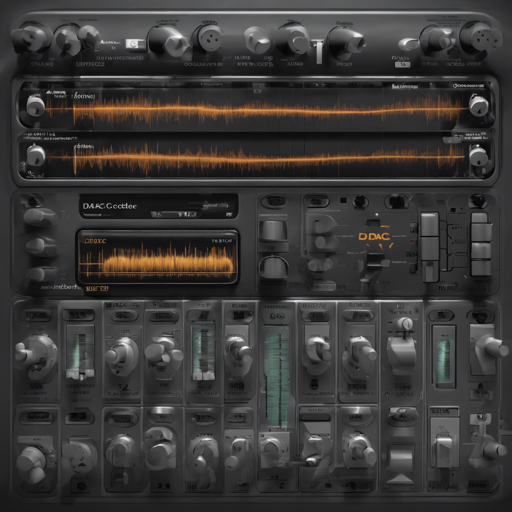Welcome to our comprehensive guide on utilizing the Descript Audio Codec (.dac)! This high-fidelity audio codec is designed for robust audio compression, making it simpler than ever to manage audio files without sacrificing quality. Whether you’re a developer, a musician, or just someone passionate about audio technology, this guide will help you navigate the installation, usage, and troubleshooting steps associated with .dac.
What is Descript Audio Codec?
The Descript Audio Codec is a neural audio codec that compresses **44.1 kHz audio** into discrete codes at a remarkably low **8 kbps bitrate**. This innovative technology achieves a compression ratio of about **90x**, providing exceptional fidelity and minimal artifacts. It is applicable across diverse audio domains, including speech, music, and environmental sounds.
As highlighted in the research titled High-Fidelity Audio Compression with Improved RVQGAN, this codec can effectively replace various audio language modeling applications.
Installation Steps
Getting started with the Descript Audio Codec is simple. Here are the installation steps:
- Open your terminal.
- Run the following command to install the codec:
pip install descript-audio-codecpip install git+https://github.com/descriptinc/descript-audio-codecUsing the Codec
Compressing Audio
To compress audio files, you will use the command-line interface. Here’s how:
- Use the command:
python3 -m dac encode pathtoinput --output pathtooutputcodesReconstructing the Audio
To reconstruct your audio from the generated codes, simply run:
python3 -m dac decode pathtooutputcodes --output pathtoreconstructed_inputProgrammatic Usage
To use .dac programmatically in your Python scripts, here’s an analogy:
Imagine .dac as a library, where each book on a shelf represents different audio data. You can borrow these books, make notes (process data), and return them in a different format (reconstruct audio). Here’s how you can do it in code:
import dac
from audiotools import AudioSignal
# Download a model
model_path = dac.utils.download(model_type='44khz')
model = dac.DAC.load(model_path)
model.to(cuda)
# Load audio signal file
signal = AudioSignal('input.wav')
# Encode and decode the audio signal
x = model.preprocess(signal.audio_data, signal.sample_rate)
z, codes, latents, _, _ = model.encode(x)
y = model.decode(z)
# Save to file
y.write('output.wav')Troubleshooting
If you encounter any issues, here are some troubleshooting tips:
- Make sure that all dependencies are installed correctly. You can do this by running:
pip install -e .[dev]python3 -m dac download --model_type 44khzFor more insights, updates, or to collaborate on AI development projects, stay connected with fxis.ai.
Conclusion
Descript Audio Codec (.dac) provides an efficient way to manage audio compression with striking fidelity. With easy installation steps and effective programmatic usage, it’s a valuable tool for anyone working in audio processing.
At fxis.ai, we believe that such advancements are crucial for the future of AI, as they enable more comprehensive and effective solutions. Our team is continually exploring new methodologies to push the envelope in artificial intelligence, ensuring that our clients benefit from the latest technological innovations.

